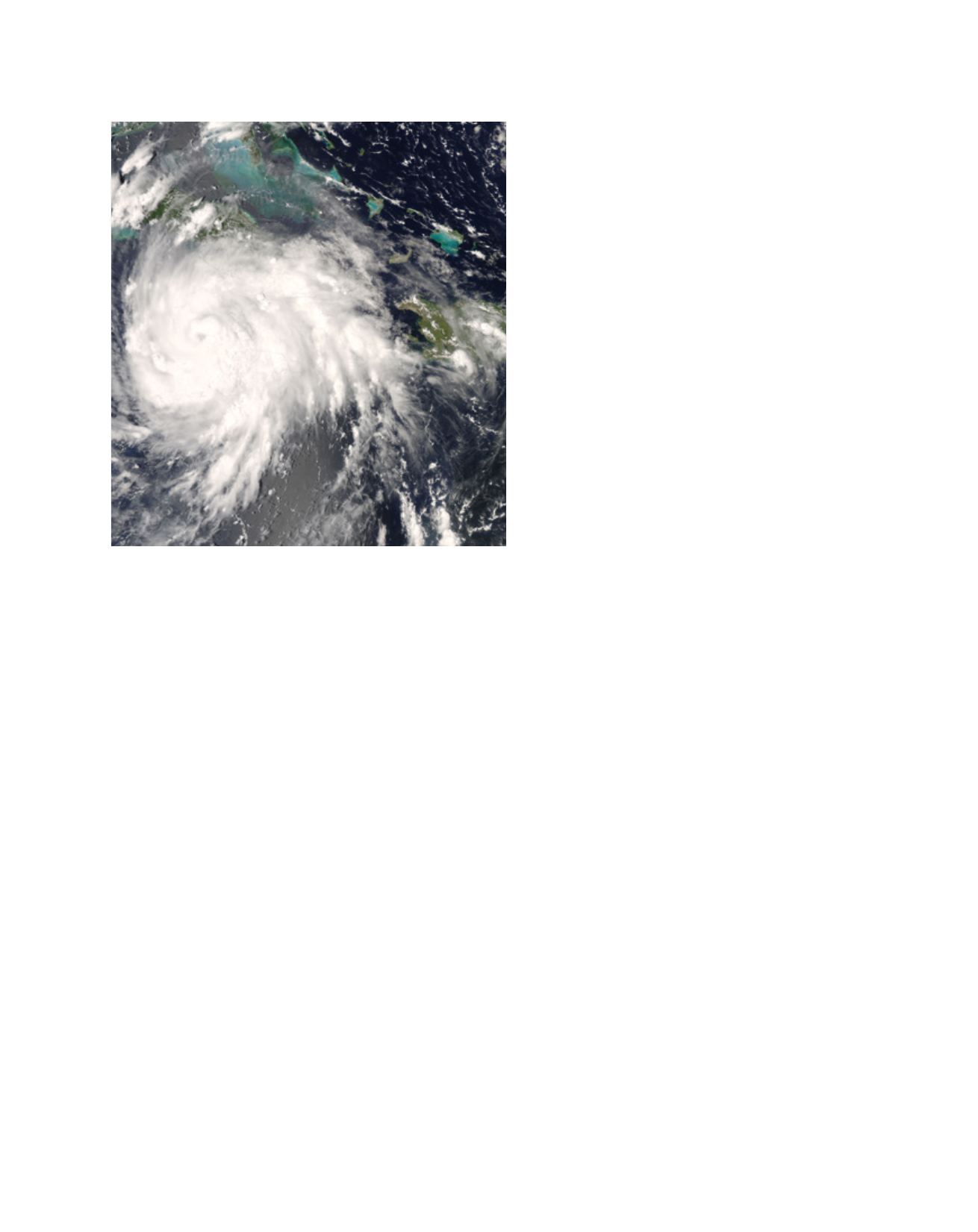

[
] 101
Literature through the lens of sustainability
Teaching and learning literature is usually informed by the subject
specifics (elements such as theme, setting, style etc.) as well as by
the subject’s core purpose (pleasure, beauty, development of the
imagination, the experiencing of the other’s world, and the develop-
ment of one’s identity). Incorporating a sustainability perspective
and focus, we find that the way we read the text changes. The text
‘opens up’ and is enlarged when read with a ‘sustainability lens’.
Implementation of ESD in the literature classroom serves to:
• Teach texts, paying attention to the specific demands of the
subject, for example, its elements (themes, characters, setting,
plot and style)
• Employ theories relevant to the study of the text, for example,
eco-criticism, which is the study of the relationship between
literature and the physical environment
4
• Have at the core of the teaching the knowledge/awareness of the
sustainability concept, issues, principles and actions
• Uncover the interconnections of social/cultural, economic and
environmental aspects, enabling students to read their world
with a different lens and encouraging them to take action to
change what destroys their world.
There are changes in how the text is read and how the subject is
taught. The result is a deepened classroom experience, one that
extends to the wider world and helps students engage at various
levels with their world. The knowledge, skills, values, perspectives
and action
5
related to the study of the literature are grounded in an
understanding of what it means to act in ways that will make for a
sustainable world.
There are, of course, tensions between balancing the specificities of
the text and the ‘sustainability’ aspects (between keeping the text bound
by the classroom and situating it in the wider environment
where it truly resides).
The basic principles for infusing ESD into literature
hold true for language: establish an ESD context, explore
sustainability issues and themes in material used for
language classes, focus on a specific theme, relate the
theme to students’ real-world experience and take some
action to address the particular issue.
A number of language education theories such as whole
language, the learning experience approach and commu-
nicative language teaching emphasize the importance
of attending to the functionality of language. Keeping
in mind, therefore, that language is basically a tool for
communication, we can approach language education as
engaging with real-world tasks, including ‘sustainability
tasks’ – for example, reflection, advocacy, disseminating
information, problem solving and critical thinking.
Teachers of language are usually required to develop
skills in reading, writing, comprehension and grammar
as a means of aiding communication. To do this effec-
tively, they will have to contend with the choice of
material, the types of language tasks and the approach
or teaching methodology.
‘ESD-embedded’ literature can provide the content
– the reading material for teaching language. This
means literature, in the widest sense of the word, that
is ‘sustainability indexed’. Here teachers identify the
environmental, social, cultural and economic realities
represented in the content. They examine the mate-
rial eco-critically, noting the interconnections of the
environmental, social, cultural and economic aspects.
Students are thus provided with material related to or
about the critical issues of our time.
Learning and community
Equally important is the teaching approach. Focusing
on one theme, teachers can engage students in
language learning by using it in a significantly mean-
ingful way. Linking learning with action projects in
the community will help to accomplish this. Imagine
using the story
Limbo Island
(mentioned earlier) to
teach both literature and language. Through exploring
the theme of sustainable tourism or eco-tourism, the
teacher can motivate students to become involved in
research and reports on sustainable tourism, surveys,
interviews and dialogue with tourist interest groups.
Students can learn to write advocacy letters, compile
stories of traditional practices and create photo stories.
Students are now attuned to the functionality of
language and by engaging in project-based learning
interface with their community to improve its quality
of life, they improve their own.
To implement education for sustainable devel-
opment in language arts is to connect deeply with
community; it is to situate oneself and one’s students
beyond the boundaries of the classroom into the wider
community and beyond the boundaries of the present
into the future. To transform one’s world is to trans-
form oneself.
Hurricane Gustav over the Caribbean, 29 August, 2008
Image: NASA
















